Located on Kieu Dai Street, after 220 years of history with many "changes of the stars", Thai Mieu of the Later Le Dynasty still maintains its solemn, ancient and sacred features. The history of the formation and development of Thai Mieu of the Later Le Dynasty began in 1805, when King Gia Long moved Thai Mieu of the Later Le Dynasty from Thang Long to Bo Ve land. Thai Mieu was built on the old "Chieu Hoa" palace - which used to be the temple to worship Tuyen Tu Nhan Y, Chieu Tuc Hoang Thai Hau, wife of King Le Thai Tong. This place worships the emperors, queen mothers and meritorious officials of the Later Le Dynasty.
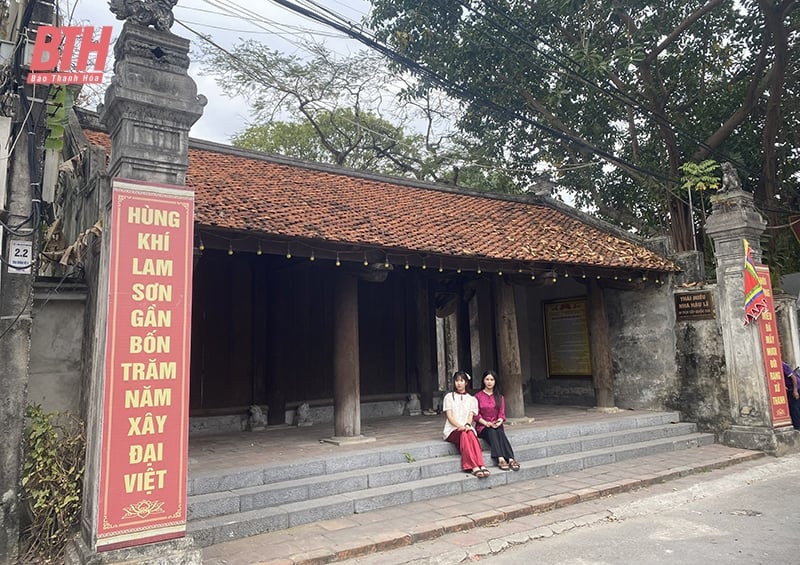
The Thai Mieu Temple was built on a large scale, with many layers of shrines including horizontal and vertical buildings, arranged symmetrically and harmoniously according to traditional structure, creating a solemn and majestic worship space. With the typical architecture of the Le - Nguyen Dynasty, the Thai Mieu Temple has the following items:
The main gate, the screen, the courtyard, the right wing house, the left wing house, the shrine... are designed in the style of the letter "Nhi". The front hall has 7 compartments, the back hall has 7 compartments; the ceremonial gate is designed with three rows of columns, creating a spacious and airy porch. The front hall has many altars according to the rule "left wing, right eye"; the middle room worships King Le Thai To with a throne, the tablet is placed on the three-mountain altar carved with a dragon image, gilded with brilliant gold, followed by the altars of the king and queen of the Le dynasty. The large gilded lacquered plaque hanging in the middle room of the front hall is carved with 6 words: "Nam quoc son ha tu thu"...
Under the Nguyen Dynasty, the Later Le Dynasty's Thai Mieu was considered a "National Temple" and received many favors: "Thanh Hoa is the birthplace of the Le Dynasty, the homeland of the Trinh Lords whose power and influence are still very important in political activities as well as the lives of the people. Therefore, in the process of managing the country, the Nguyen Dynasty gave Thanh Hoa special privileges, both clever and flexible. Right from the time he ascended the throne, Gia Long ordered the construction of the Later Le and Trinh families' branches, selected people from the Le family as "Dien Tu Cong" to oversee the worship of the tombs and temples of the Le Dynasty,... built the Le Dynasty's Thai Mieu in Bo Ve village from two structures in Thang Long and Lam Kinh, with the thought of "keeping the worship of the Le Dynasty as the focus of the court". Phan Phu Tien Tri of Thieu Thien Prefecture was assigned to oversee the work, 100 people from Bo Ve commune were appointed as temple servants, and Dien Tu Cong Le Duy Vien collected the profits from 12 communes, contributing to the worship of Thai temple”... (Thanh Hoa History, volume IV (1802 - 1930), Thanh Hoa History Research and Compilation Board).
Every year, at the Later Le Dynasty's Thai Mieu, two festivals take place: the Spring Festival from the 9th to the 15th of the first lunar month, praying for favorable weather, national peace and people's safety, and the main festival (from the 20th to the 22nd of the 8th lunar month) is an occasion to commemorate Emperor Le Thai To - the national liberation hero, the founder of the Later Le Dynasty and the shining halo from the Lam Son uprising.
The Spring of At Ty 2025 is approaching. From the worship space, the Thai Mieu grounds to the areas adjacent to the relics have been cleaned, beautifully decorated, and well prepared to serve tourists and people coming to visit and offer incense. Just waiting for the spring atmosphere and colors to fill the air, the Thai Mieu of the Later Le Dynasty will be bustling with festivals with many rituals, cultural and artistic activities, and unique folk games.
It is known that from January 29 (ie January 1st of the lunar calendar) to February 2 (January 5th of the lunar calendar), the Later Le Dynasty Temple will hold activities to celebrate the Party, celebrate the Spring of At Ty 2025, and celebrate the 95th anniversary of the founding of the Communist Party of Vietnam (February 3, 1930 - February 3, 2025) such as: Offering sacrifices to the temple to welcome spring; displaying and selling OCOP products and local specialties; writing calligraphy; chess; wrestling; word pulling game (Thien - Ha - Thai - Binh; Dong - Xuan - Thuong - Lac)... Ms. Le Minh Ha (Thanh Hoa City) said: "My family and friends and I often go to the Later Le Dynasty Temple to burn incense, praying for peace, happiness, and good health on holidays and Tet. For city residents, the Later Le Dynasty Temple is a beautiful symbol in cultural and spiritual life...".
Amidst the colorful, multi-colored picture of the city about to enter spring, the Thai Mieu of the Later Le Dynasty seems like a delicate, impressive ink painting... Each moss-covered tile roof, each sophisticated carving, each ancient artifact leaves a deep impression of the Later Le Dynasty, the Nguyen Dynasty, the lasting vitality of the heritage in the heart of the city, in the spiritual life of generations of people here. Every time returning to the Thai Mieu, lighting incense sticks to offer to the ancestors, the hearts of every Thanh people are filled with honor and pride in the prestige of their homeland, in the "talents" who have made their "fatherland" more glorious.
Article and photos: Hoang Linh
Source: https://baothanhhoa.vn/khong-gian-van-hoa-tam-linh-nbsp-thai-mieu-nha-hau-le-238079.htm


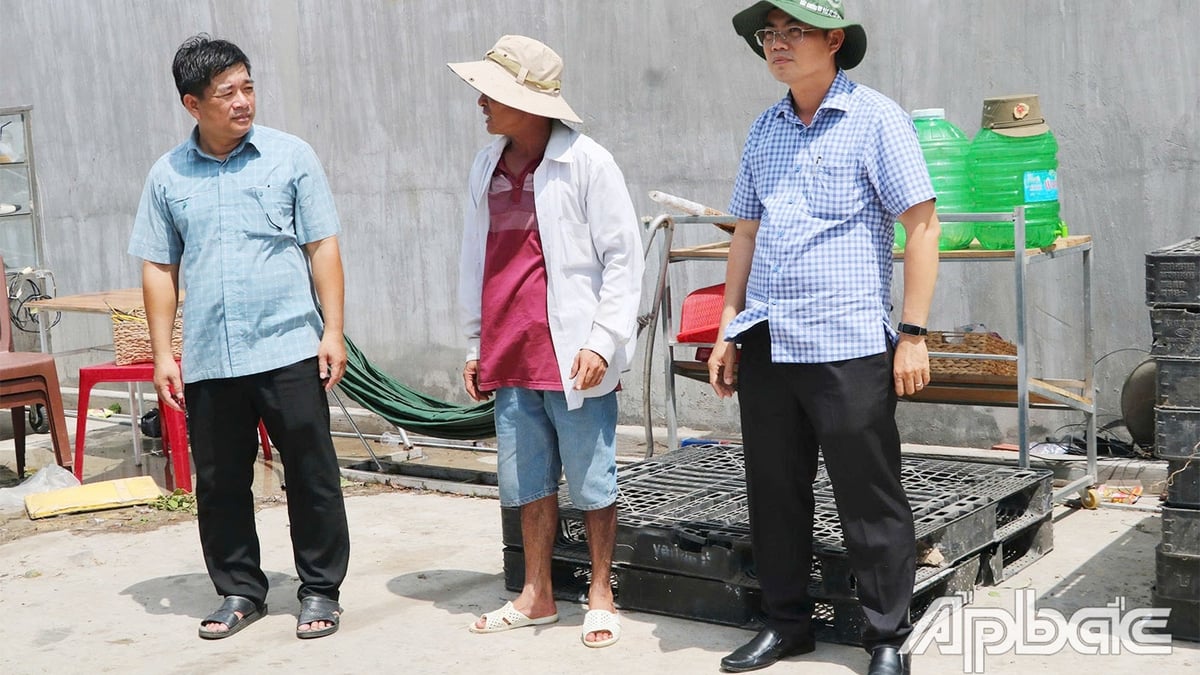
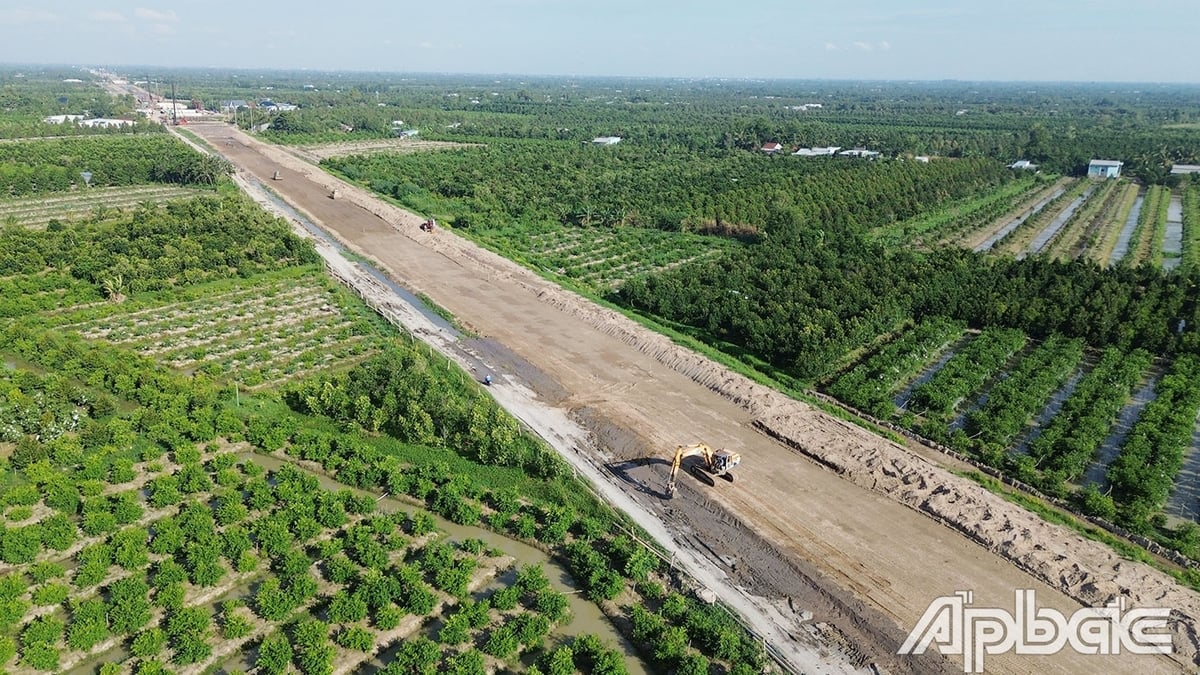

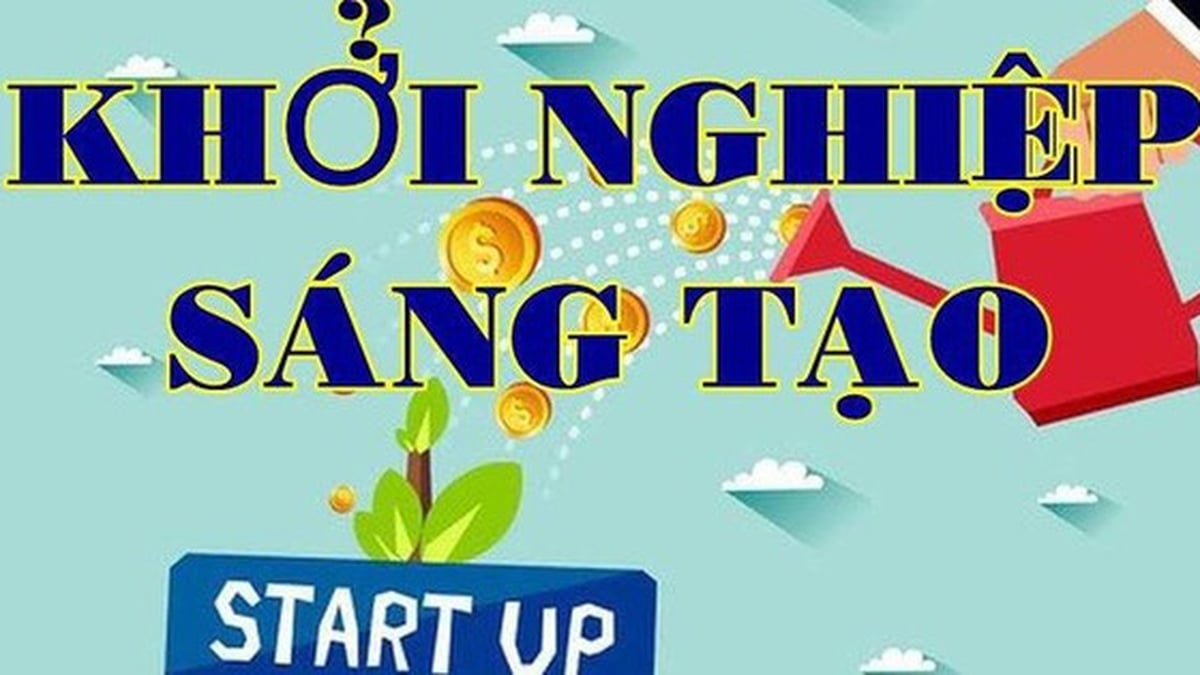
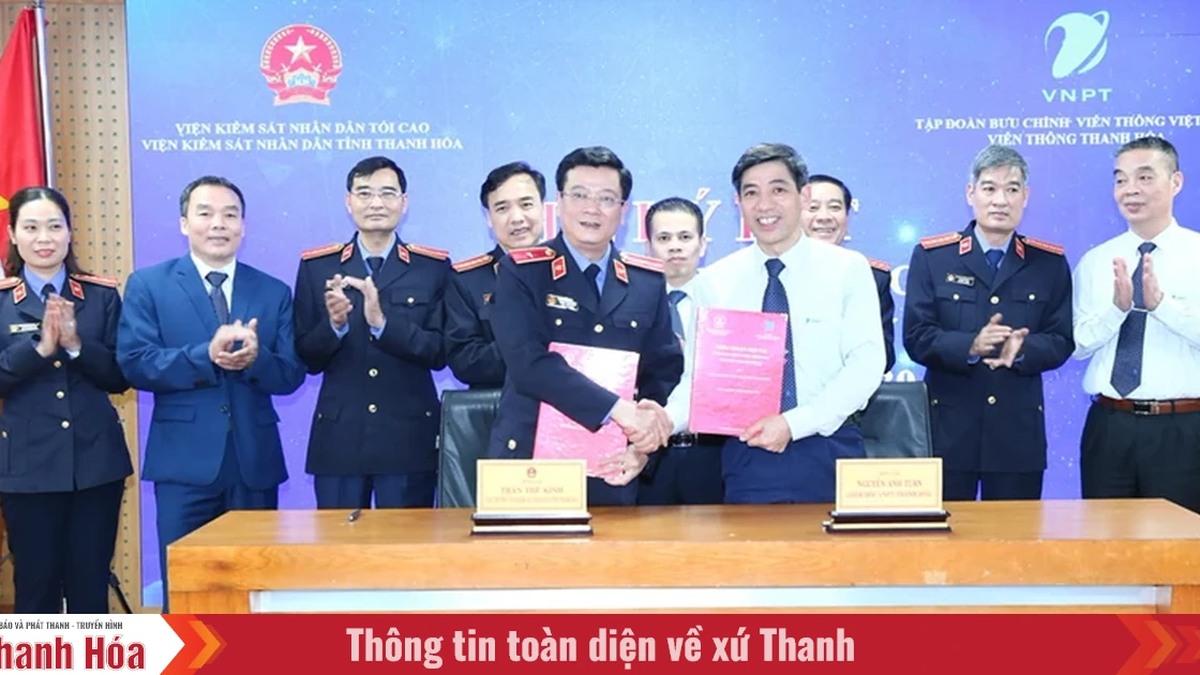
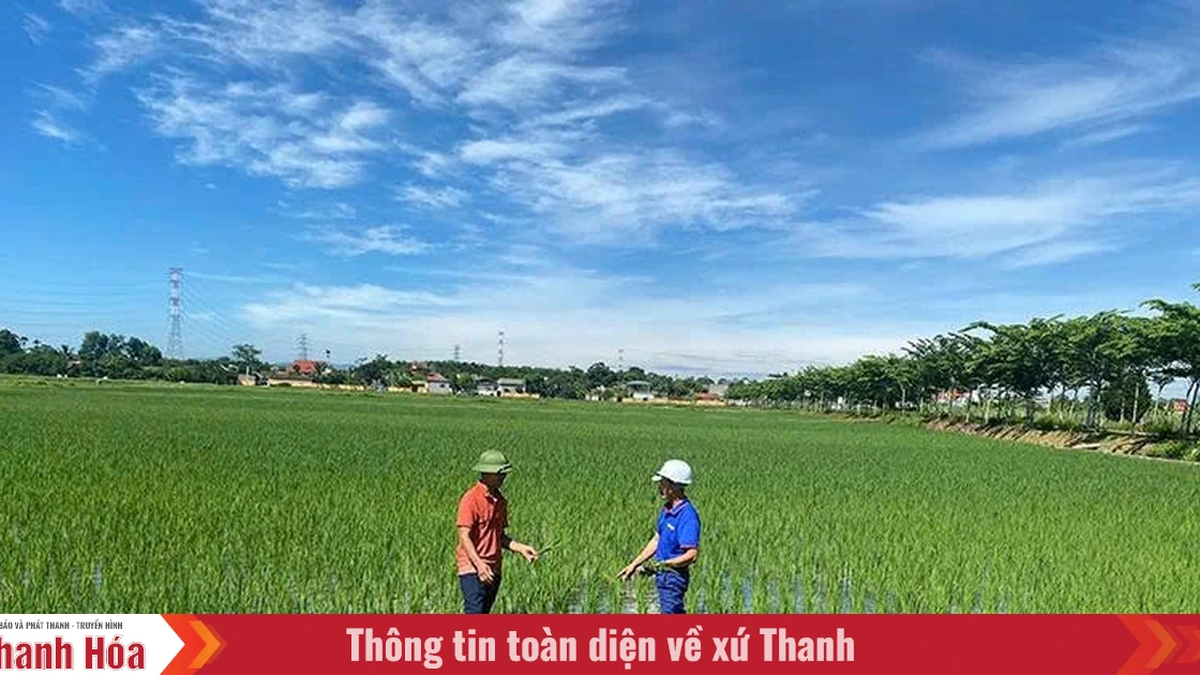
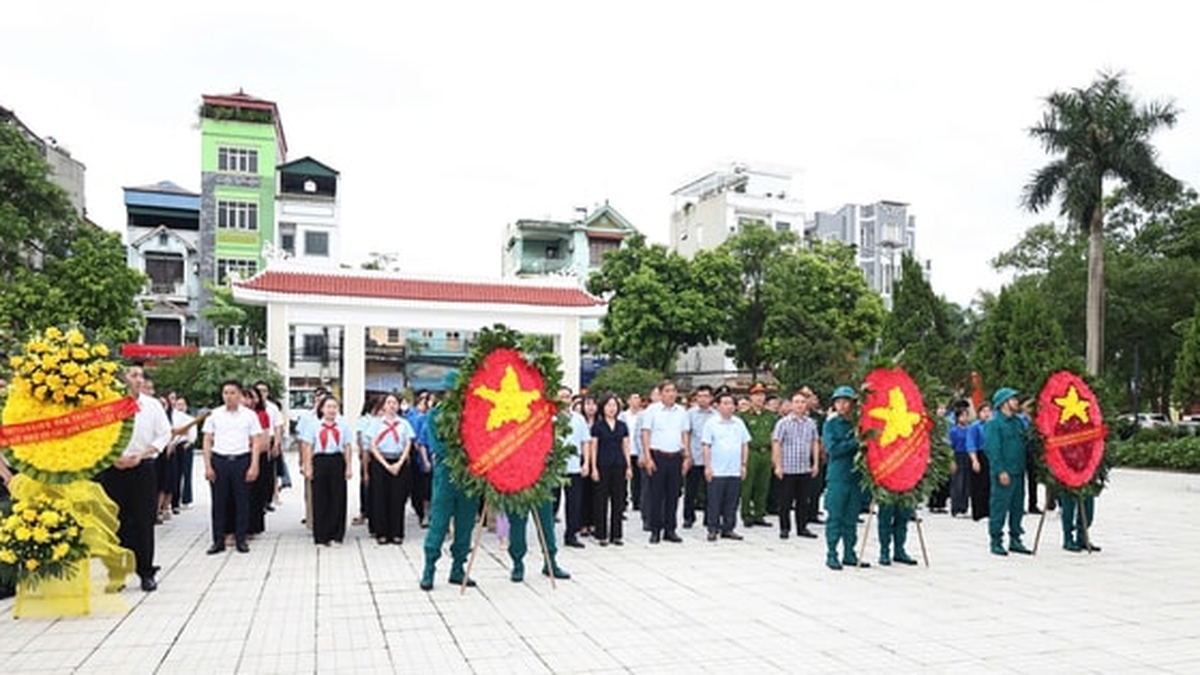
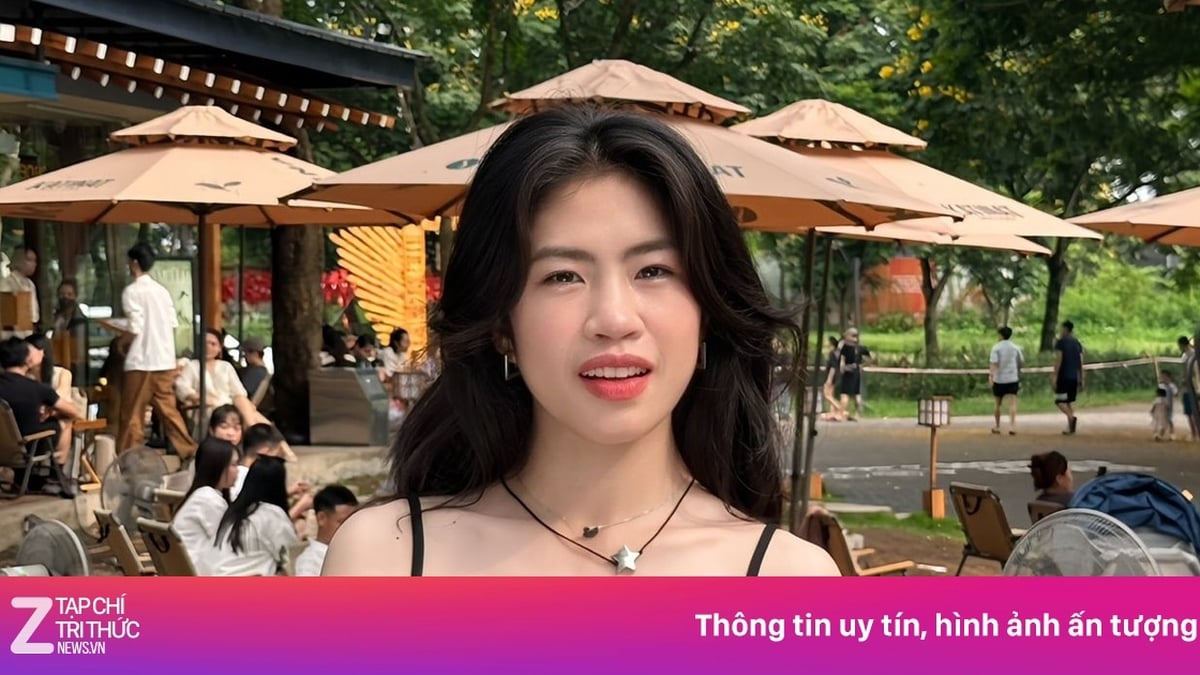

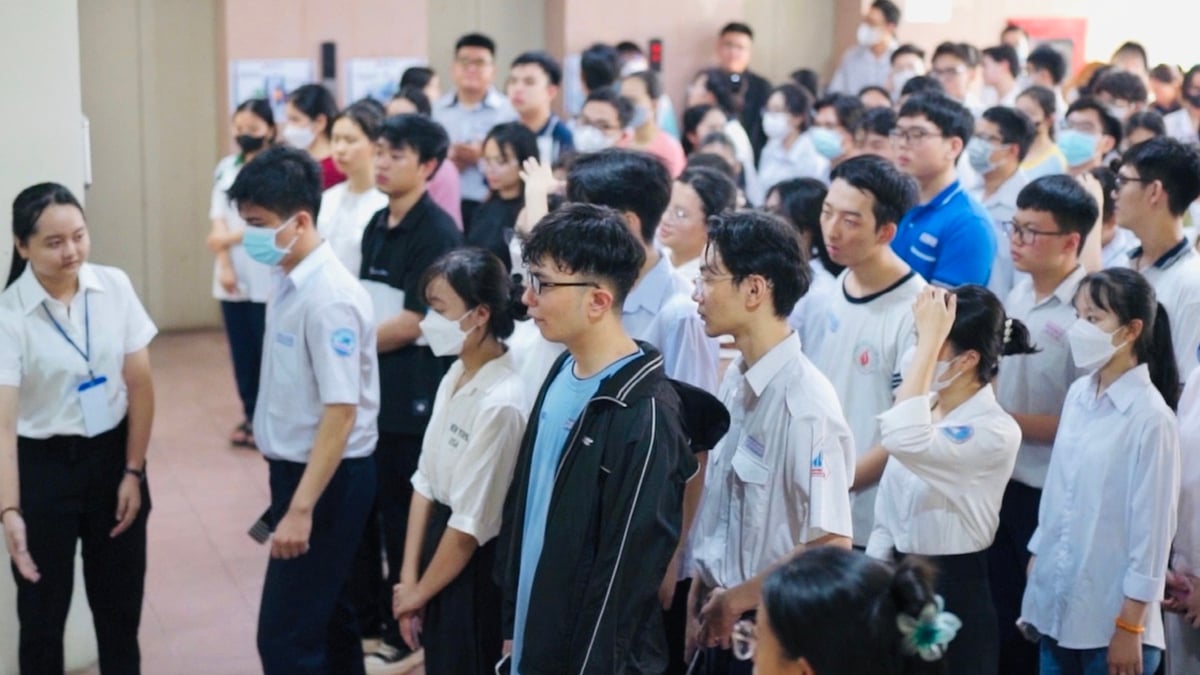











![[Infographic] Vietnam-Senegal traditional friendship](https://vphoto.vietnam.vn/thumb/1200x675/vietnam/resource/IMAGE/2025/7/23/4c96a604979345adb452af1d439d457b)
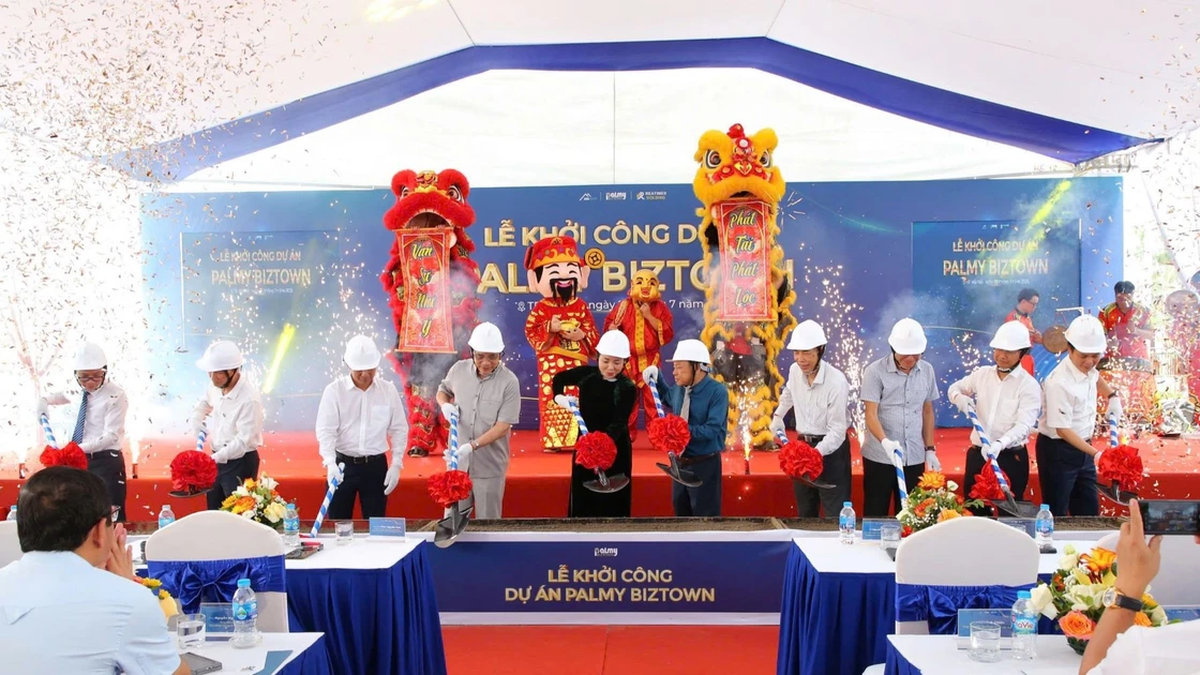





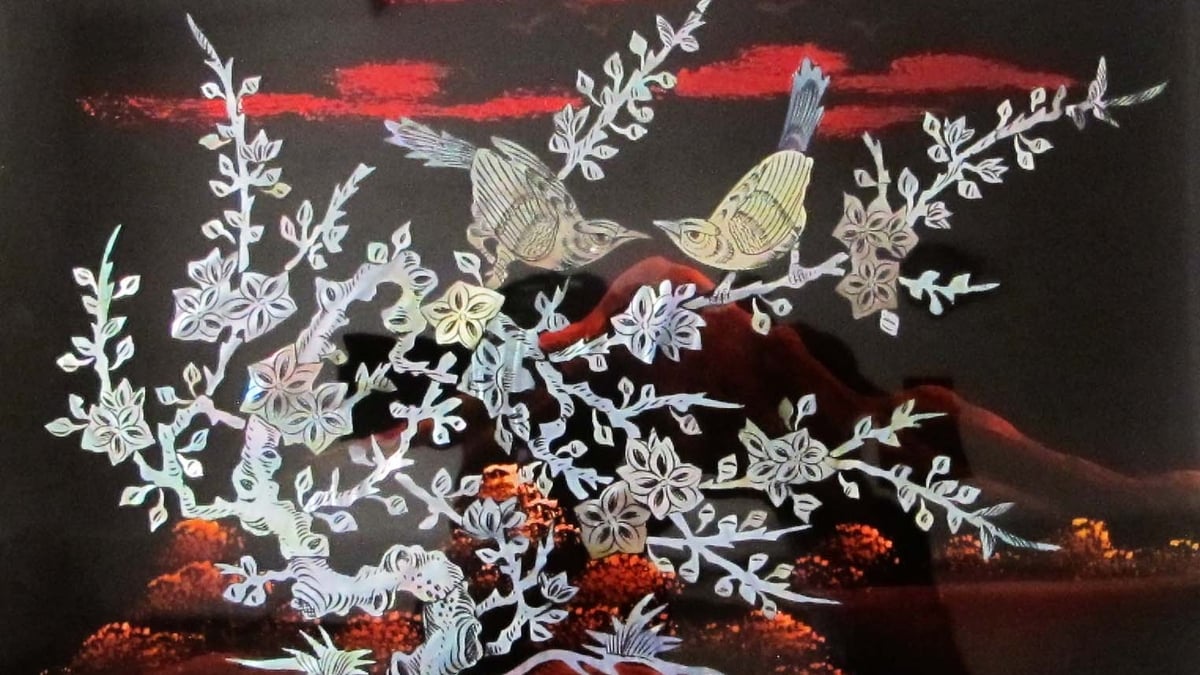
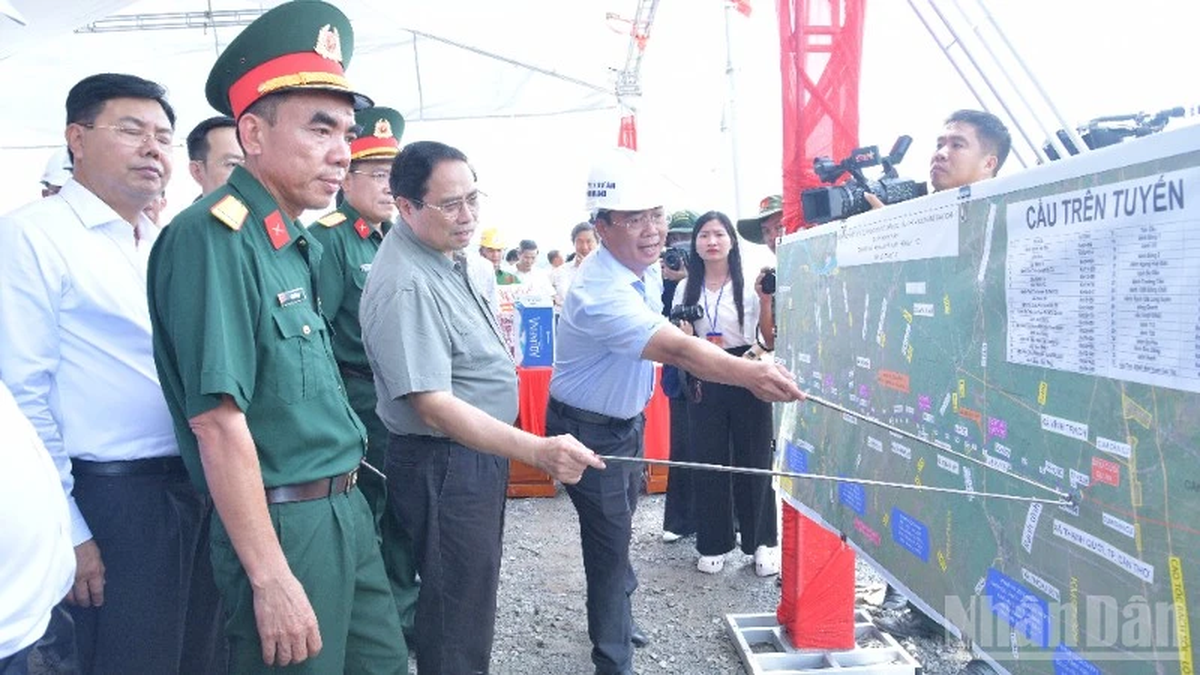
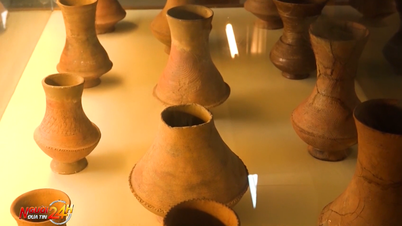

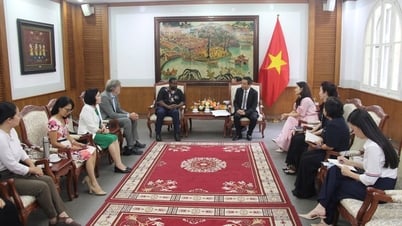

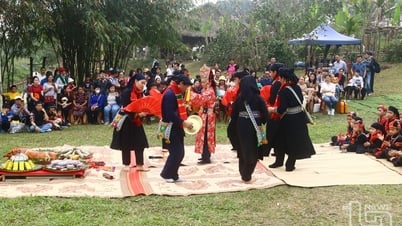
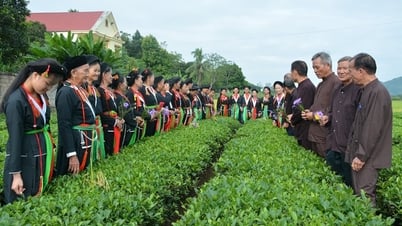

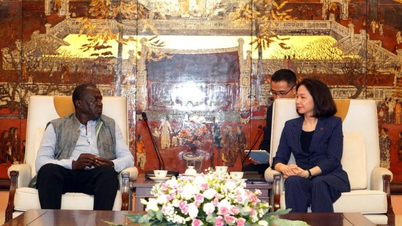


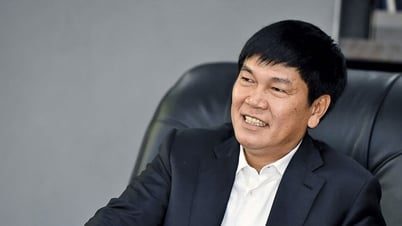

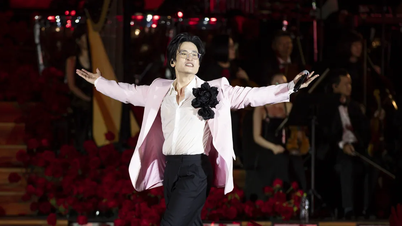

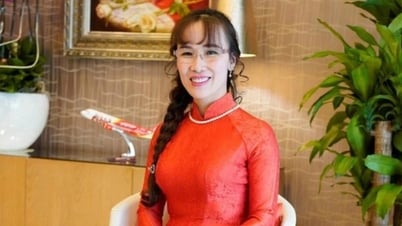

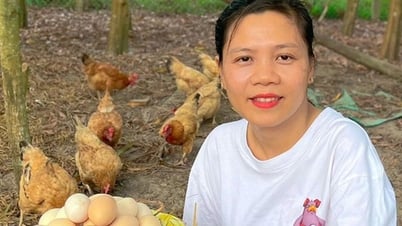

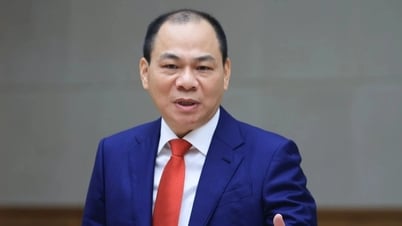
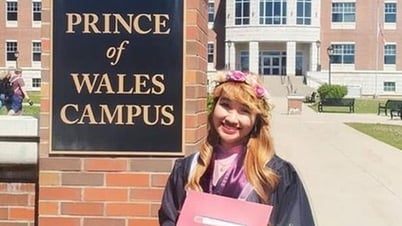


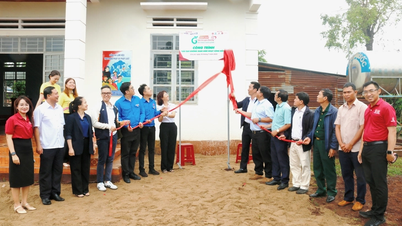

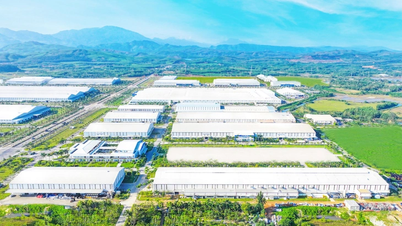
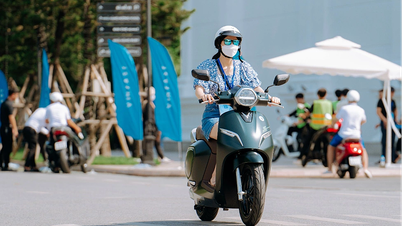

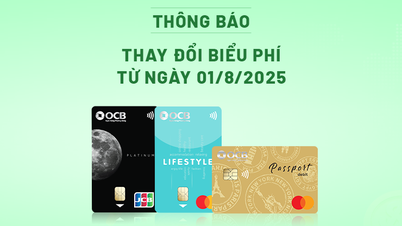

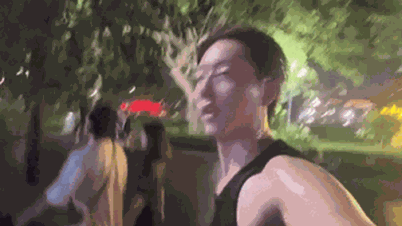



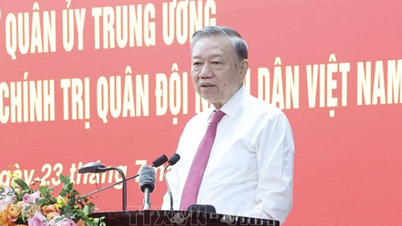

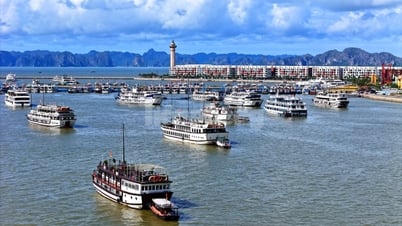



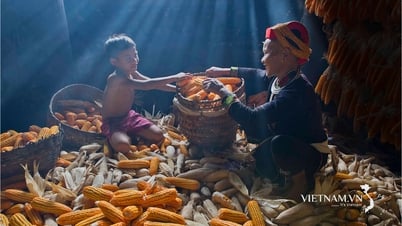
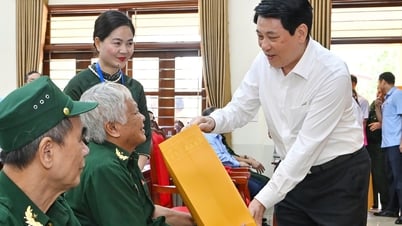

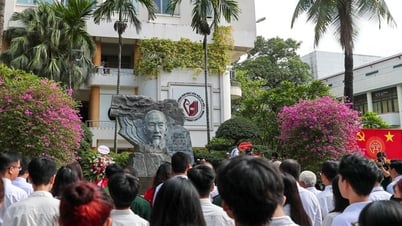

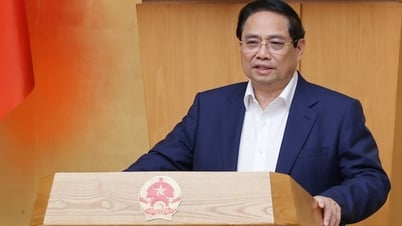
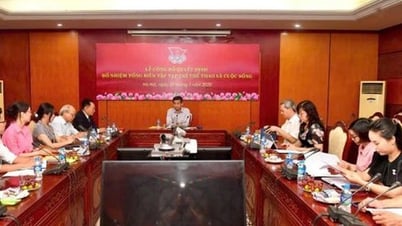
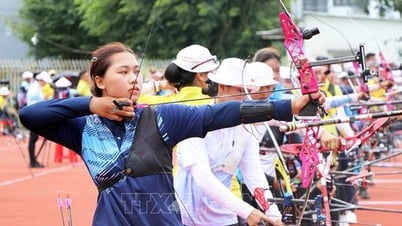
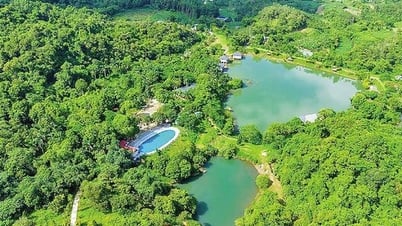







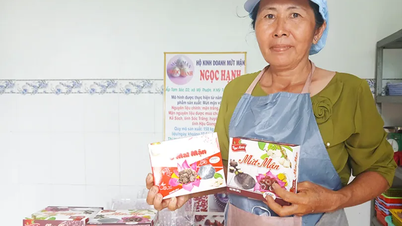

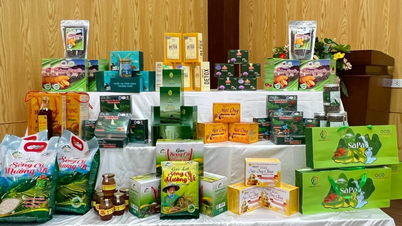

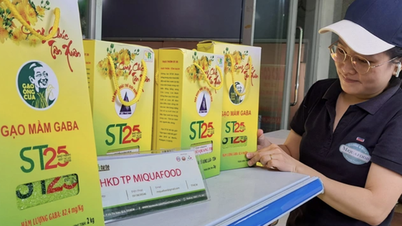

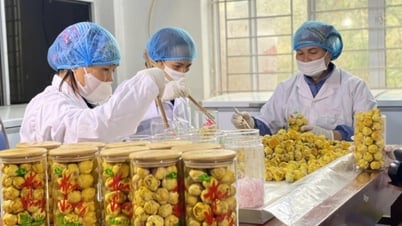

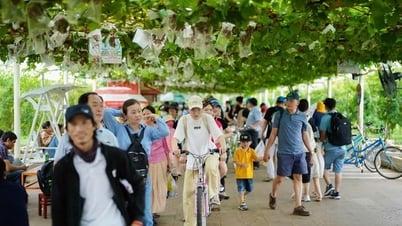
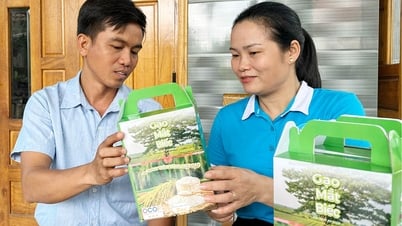


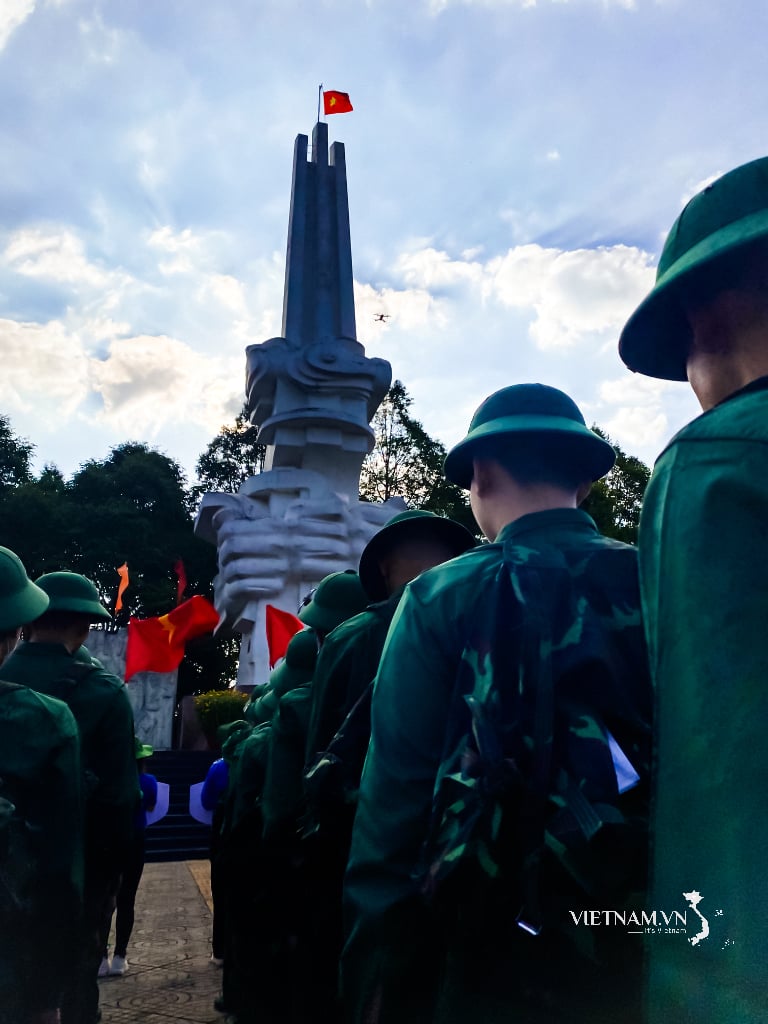


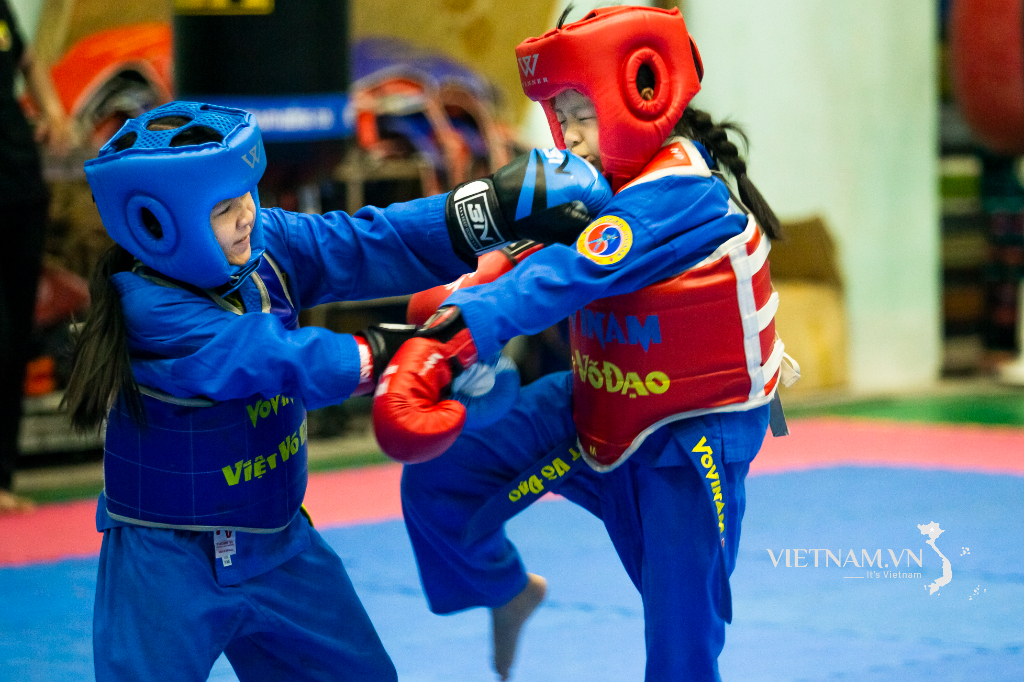
Comment (0)